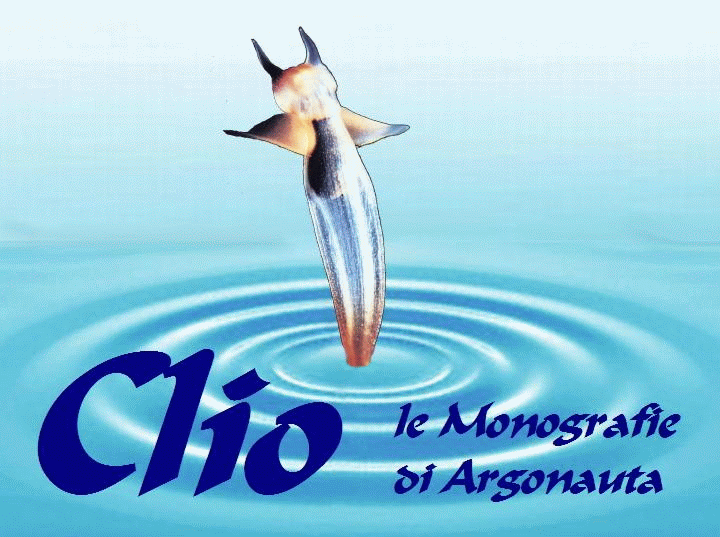La raccolta sul campo
1 - Individuata una zona con detrito spiaggiato scegliamo quello più ricco e interessante.
2 - Raccolgliamo circa Kg 5 di detrito sopra la nostra zanzariera. Scuotiamo abbondantemente ed eliminiamo dalla superficie i pezzi più grandi e grossolani
3 - Poichè abbiamo dimenticato la rete a maglia larga, ci arrangiamo con materiale reperito sul luogo per effettuare una ulteriore selezione.
4 - Una seconda eliminazione del materiale di scarto riduce sensibilmente il volume di ciò che dobbiamo portare a casa
5 - Misuriamo con la bilancia che il detrito selezionato pesa circa gr 900.
6 - Puliamo il tutto con il metodo delle strisce su cartoncino nero.
7 - In un paio di ore ci ritroviamo con il nostro "tesoro". Tra tanti frammenti di bivalvi abbiamo la fortuna di trovare alcuni esemplari interi e in buono stato.
8 - Anche nelle conchiglie più piccole abbondano le specie rinvenute: gli esemplari non sono bellissimi ma dopo pulizia ed oliatura qualcosa potrà essere messo anche in collezione. |
|
Collecting on the field
1 - Having identified an area with detritus beached choose the most rich and interesting.
2 - Raccolgliamo about 5 kg of detritus on top of our mosquito net. Shake thoroughly and eliminate from the surface of larger pieces and coarse.
3 - Because we have forgotten the net at large, we get by with material found at the scene to make a further selection.
4 - A second elimination of waste materials reduces the volume of what we have to take home.
5 - We measure the scale that the selected detritus weighs about 900 grams.
6 - Clean up all with the method of strips of black construction paper.
7 - In a couple of hours we find ourselves with our "treasure". Among the many fragments of bivalve we are lucky to find some specimens intact and in good condition.
8 - Even in smaller shells are abundant species found: the specimens are not beautiful but after cleaning and oiling something will also be placed in collection.
|


